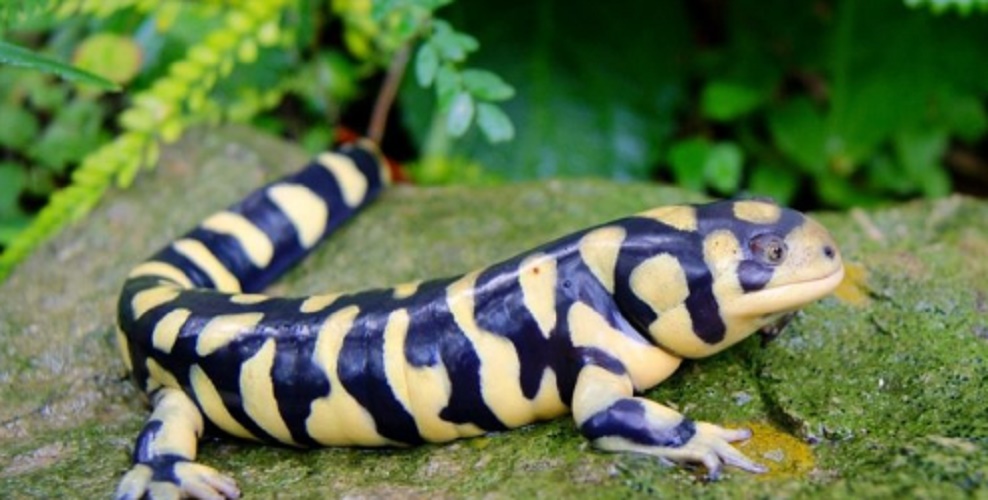What is an exotic species?
We explain to you what an exotic species is, its difference with the native species and pests. In addition, examples of exotic species.
-
What is an exotic species?
In biology, it is called exotic species, introduced species, non-native species, foreign species or alien species to all those that come from a different geographical or ecological environment , that is, that are not native or native to the habitat in which they are found, but they have reached it due to migrations or through the human being.
The arrival of exotic species often permanently modifies the recipient ecosystem , often in unpredictable ways, and can become an invasive species or pest. This is because, since it comes from a totally different environment, it lacks natural predators and a stable order in the food chains. For this reason, there are laws of ecological protection in the world that limit the transport of animal and plant species from one place to another.
In many cases, however, exotic species are used as an instrument to modify certain habitats , generally to make them more productive for humans. This work is known as ecosystem engineering .
-
Exotic species and native species

The difference between native species, also called native, and foreign or exotic species lies in their belonging to the ecosystem in which they are found. That is, the same species can be native in one geographical place or habitat, and exotic in another.
The dilemma between the two is the competition for resources . Native species are appropriate to their environment and therefore are fully incorporated into trophic chains, in a certain state of equilibrium: they have predators and at the same time resources to consume. When an exotic species is taken to that habitat, it can disrupt that balance and cause the eradication of some native species, taking its place in the trophic circuits, thus impoverishing the region’s biodiversity.
-
Differences between exotic species and pests

To the exotic species that arrive at a new habitat or ecosystem and proceed to colonize it, causing the deterioration of the local trophic or ecological balance and the loss of biodiversity, or even the loss of agricultural or rural assets (plantations, flowers, etc.), They are called invasive species or more commonly pests.
This is the case of some species that have been introduced promptly in a certain place and ended up getting out of control , disarming themselves out of order and ending with native species, as well as species that, as a result of the imbalance caused by some invasive species, reproduce outside of control in the absence of natural predators and ends up being abnormally abundant, requiring the introduction of some other exotic species that plays the role of counteracting it and further unbalancing the ecosystem that was initially at peace.
-
Examples of exotic species

Some exotic species common in the world are:
- The cows ( Bos taurus ). Cows are native to South Asia, but were introduced to the entire world as part of the rise of livestock and human agriculture in all civilizations.
- Wheat ( Tricum spp ). This Mesopotamian plant species became central to the European diet, and in its various species it was introduced to America by European colonizers, since there was no native variety.
- The tiger salamander ( Ambystoma tigrinum ). Introduced in the United States to serve as bait for fishermen, this species proliferated to put the native, Ambystoma californiense , at risk .
- The royal maple ( Acer platanoides ). A tree plant from Europe, the Caucasus and Asia Minor, was introduced in the United States and Canada.
- The Asian ladybird ( Hamonia axyridis ). It is an insect native to Asia, but it was introduced in North America, Europe and South America for natural pesticide purposes, that is, for the biological control of aphids, subsequently becoming a pest that has put native species in check.





